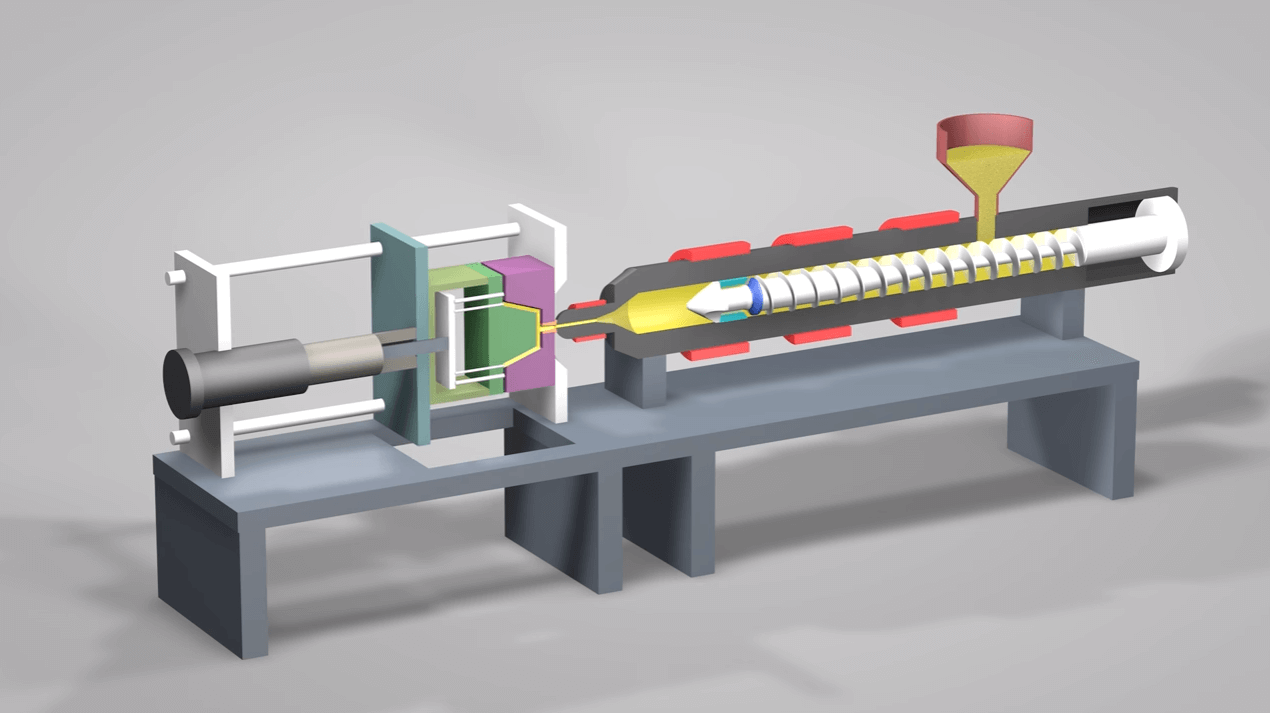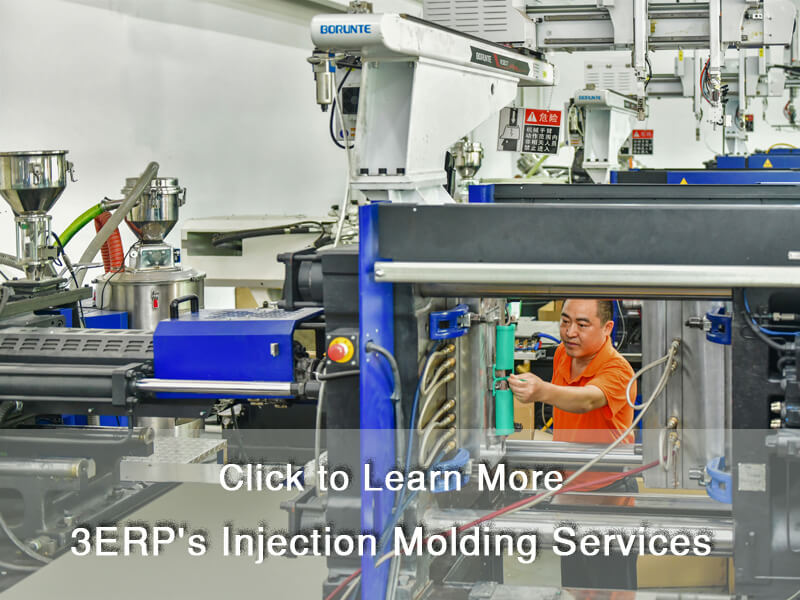All About Manufacturings
Wiki Article
The Definitive Guide for Manufacturing
Table of ContentsThe 5-Second Trick For Lean ProductionSee This Report about MfgMfg - QuestionsThe Greatest Guide To Additive Manufacturing9 Simple Techniques For Die CastingThings about Die Casting
The text on this web page is an example from our full White Paper 'Shot Moulding for Purchasers' - * Sample text * - for complete overview click the download switch over! Introduction This overview is intended for people that are wanting to resource plastic mouldings. It provides a much required understanding right into all that is included with creating plastic components, from the mould tool needed to the moulding process itself.If you wish to discover further, the guide covers types of mould tools, along with unique ending up processes such as colours & plating. Words that are underscored can be discovered in the glossary in the appendix ... Component I: Moulding: The Basics The Benefits of Shot Moulding Plastic injection moulding is a very precise process that provides numerous advantages over various other plastic handling approaches.
Precision is excellent for extremely intricate parts. You can hold this moulding in the hand of your hand and also it has bosses, ribs, steel inserts, side cores and openings, made with a moving shut off attribute in the mould device.
The Oem Statements


from product feed & melting; material injection; cooling time and also ejection to the re-closing of the mould device all set for the next cycle. Draft angles - The walls of a moulded component must be somewhat tapered in the direction in which the part is expelled from the mould device, to allow the component to be ejected easily.
Ejector stroke - The pressing out of ejector pins to expel the moulded part from the mould device. Ejector stroke rate, length as well as timing needs to be carefully managed to stop damage to the ejectors and also mould tool, yet at the exact same time make the moulding cycle as brief as possible.

The Basic Principles Of Lean Production
Ribs - When a plastic part has thin wall surfaces, ribs are added to the design to make the slim wall surfaces stronger Side cores - Side action which generates a function on a moulded component, at an opposing angle to the typical opening direction of the mould tool. mfg. The side core needs to be able to retract as the plastic part can not be ejected or else.
Wall surfaces - The sides of a moulded part The message on this page is an example from our complete White Paper 'Shot Moulding for Buyers'.
Manufacturing process for generating components by infusing liquified product right into a mould, or mold and mildew Streamlined layout of the process Shot moulding (U.S. spelling: shot molding) is a production process for creating click for more parts by injecting molten material right into a mould, or mold. Shot moulding can be executed with a host of products mainly consisting of metals (for which the process is called die-casting), glasses, elastomers, confections, and many typically thermoplastic and thermosetting polymers. Injection moulding is commonly used for making a range of parts, from the tiniest components to whole body panels of vehicles. Shot moulding utilizes a special-purpose machine that has 3 parts: the shot system, the mould and the clamp.
Fascination About Manufacturing Industries
Process features [modify] Shot moulding uses a ram or screw-type plunger to require molten plastic or rubber material into a mould tooth cavity; this solidifies right into a shape that has actually adapted the shape of the mould. It is most typically made use of to process both thermoplastic as well as thermosetting polymers, with the volume use the previous being considerably higher.: 13 Thermoplastics prevail because of features that make them highly appropriate for shot moulding, such as ease of recycling, versatility for a wide array of applications,: 89 and ability to soften and flow on home heating.In several tooth cavity moulds, each cavity can be similar and develop the same components or can be one-of-a-kind and create several different geometries throughout a solitary cycle. Moulds are generally made from tool steels, but stainless steels and aluminium moulds appropriate for specific applications. Aluminium moulds are normally ill-suited for high quantity production or parts with slim dimensional tolerances, as they have substandard mechanical residential or commercial properties and are much more susceptible to use, damages, and also deformation throughout the injection and also clamping cycles; nonetheless, aluminium moulds are affordable in low-volume applications, as mould manufacture costs as well as time are significantly decreased.
The screw delivers the raw product onward, mixes and homogenises the thermal and viscous circulations of the polymer, as well as minimizes the required heating time by mechanically shearing the product as well as adding a considerable amount of frictional home heating to the polymer. The material feeds forward with a check shutoff and gathers at the front of Related Site the screw right into a volume known as a shot. When enough product has actually collected, the product is forced at high stress and speed right into the you can try these out component creating cavity. The exact quantity of shrinking is a feature of the resin being made use of, as well as can be fairly foreseeable. To stop spikes in stress, the procedure normally uses a transfer placement representing a 9598% full tooth cavity where the screw shifts from a consistent velocity to a consistent stress control.
Die Casting - Questions
The packaging pressure is used till the gateway (tooth cavity entryway) solidifies. Due to its little size, the gate is usually the initial area to solidify through its entire thickness.: 16 Once the gate solidifies, no more material can get in the dental caries; as necessary, the screw reciprocates and also acquires product for the following cycle while the product within the mould cools so that it can be expelled and be dimensionally steady.Report this wiki page